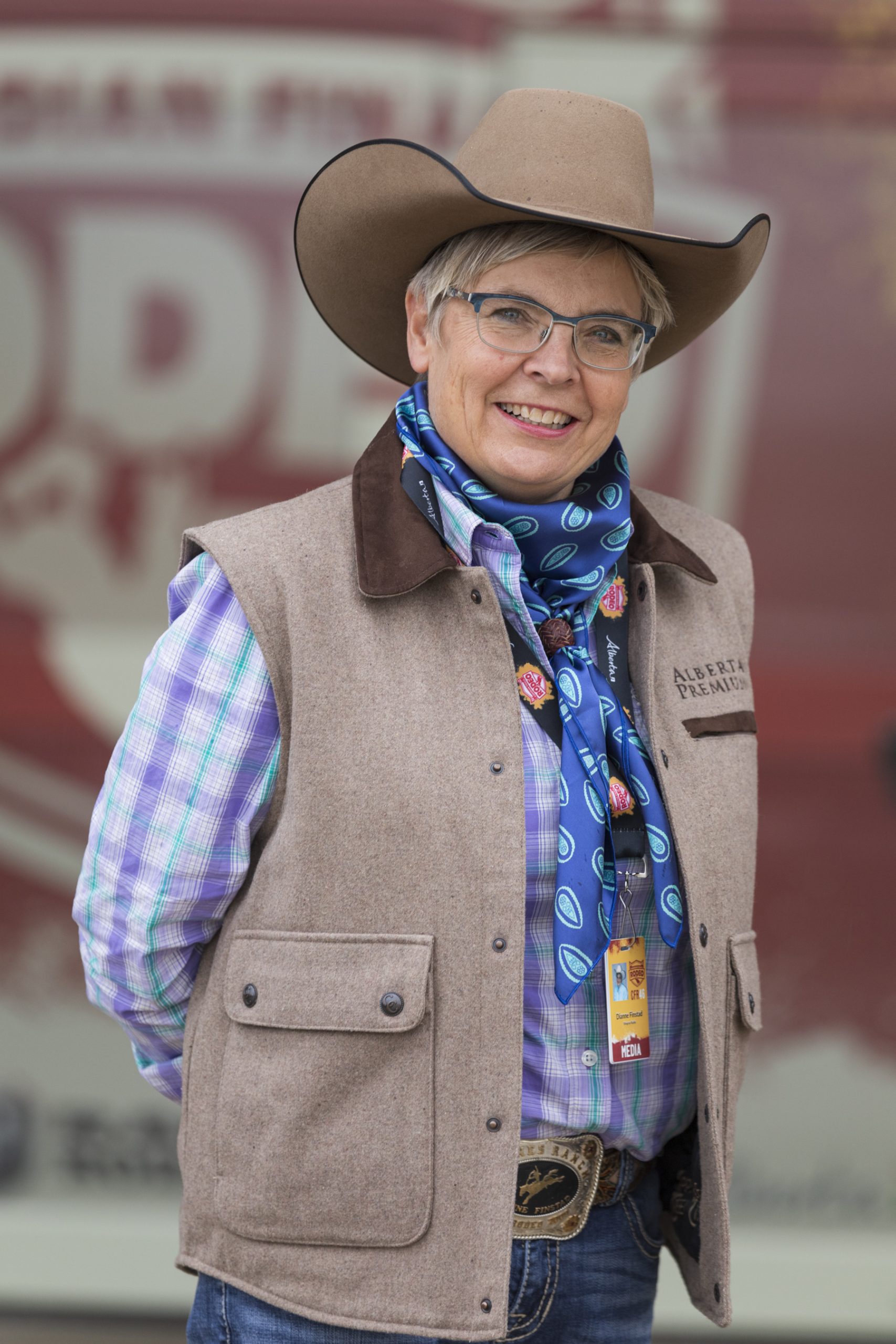AB Direct - Steers
Rail: 492.00-493.50 FOB feedlot (last week)
AB Direct - Heifers
Rail: 492.00-493.50 FOB feedlot (last week)
US Trade- Steers
Rail: 355.00-363.00 (IA, NE) last week
US Trade - Heifers
Rail: 355.00-363.00 (IA, NE) last week
Canadian Dollar
0.19
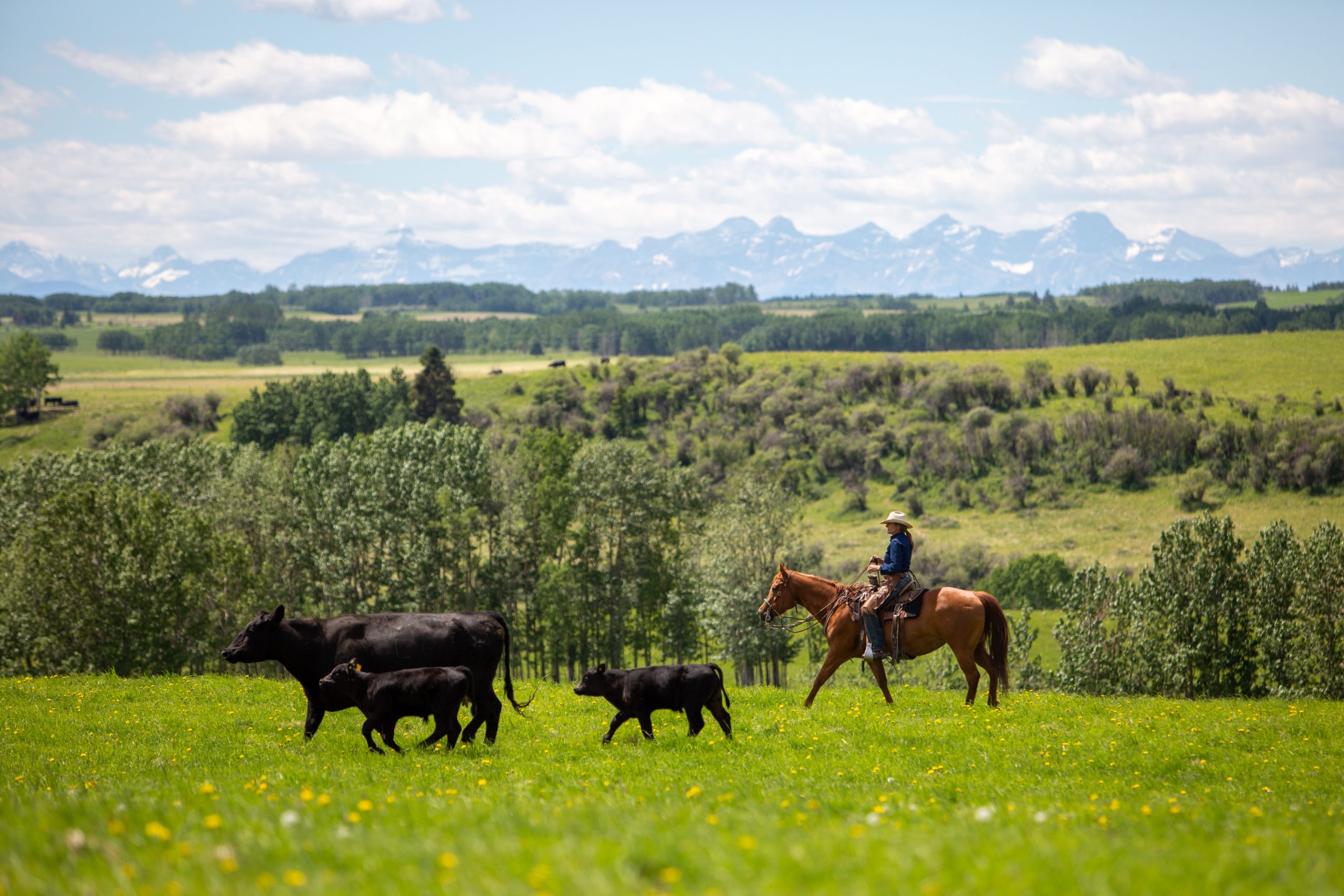
Seeking sire success
Summer’s over and the bulls are ready for their winter off. They’ve made their contribution to production and can be off the active ranch radar.
But the time has come to look beyond their seasonal service, to see if there’s room for management improvement.
“We think about bulls getting semen tested in the spring, and then they’re turned out to go do their job, and breed the cows,” says Dr. Jennifer Pearson, an Assistant Professor in the University of Calgary Faculty of Veterinary Medicine. “Then we remove the bulls from the pasture. But we don’t really think about them for the rest of the year.”
Pearson also works in Bovine Health Management with W.A. Ranches, where new research is focusing on bull health and management. W.A. Ranches at the University of Calgary is a 19-thousand-acre cow-calf ranch in the Cochrane area, intended by donors Jack Anderson and his daughter Wynne Chisholm to be kept as a working ranch, while also being used for teaching, learning, and community engagement.
“The work that we do from a research perspective needs to fit into the working cow-calf ranch process and systems,” explains Ed Pajor, Director of W.A. Ranches. “So in that way we can actually mirror what happens on real ranches in Alberta, which has a lot of practical value.”
With around a thousand head of cows, and about 75 bulls in a variety of breeding pastures, there’s plenty of opportunity to study animal management and behaviour in a commercial setting.
“There are very few studies out there that have actually looked at bulls,” adds Pajor. “It’s a complete area that really hasn’t been looked at in terms of health, behaviour, and welfare components.”
Pearson and Pajor have set up a number of bull focused projects.
Project 1 – Sizing up the Situation
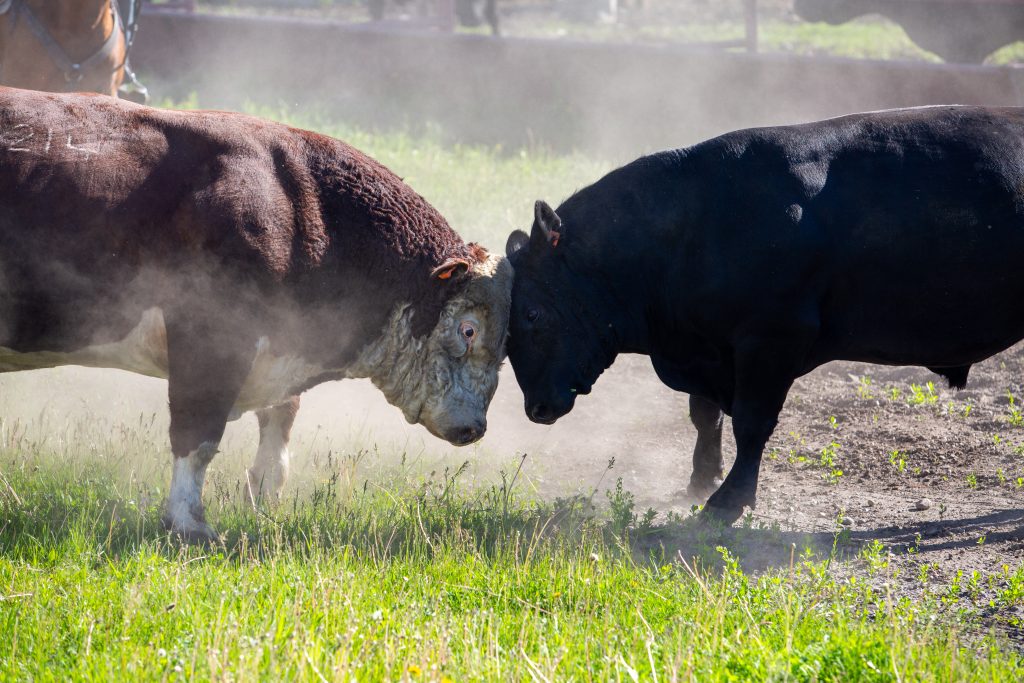
The first project involves benchmarking current bull management practices, and looking at the prevalence of disease and injury. It’s a voluntary survey that’s been sent out to both seedstock and commercial producers. It asks about management practices like vaccination, or hoof trimming, and what sorts of disease and injuries producers see in their bulls. As students go over the survey results this winter, they’ll be looking for any possible links or trends.
“Our hope is to look at what are these traits and expectations of seedstock producers and commercial producers – where do they overlap and maybe where there are areas they might misalign, and how can we bring those two parts of the industry together,” says Pearson.
“We’re trying to understand what producers are doing, and what problems they’re experiencing as far as managing bulls or diseases or injuries they’re seeing. The next part is to try and investigate ways to better understand the behaviour of bulls, and then ways we can mitigate, or try to prevent some of the diseases and injuries.”
Project 2 – From the Ground Up
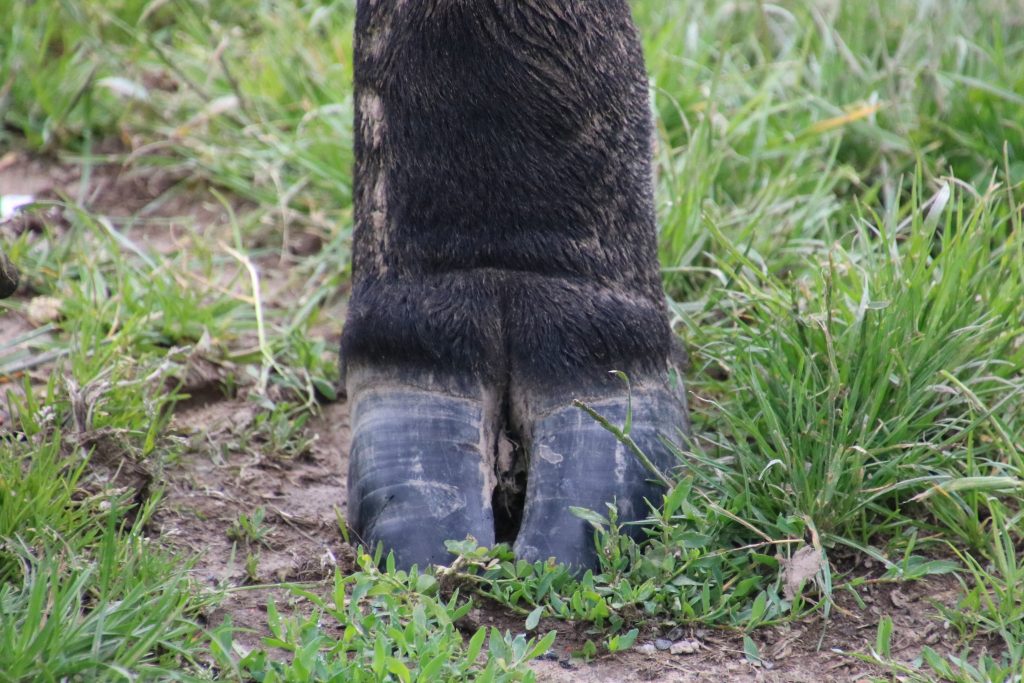
Another project focuses on lameness issues in bulls. Over the summer, a grad student has been looking at the effects of hoof trimming to see how that may impact the incidence of lameness in breeding pastures, and then how lameness might impact overall fertility.
Project 3 – Tech Talks from the Pasture
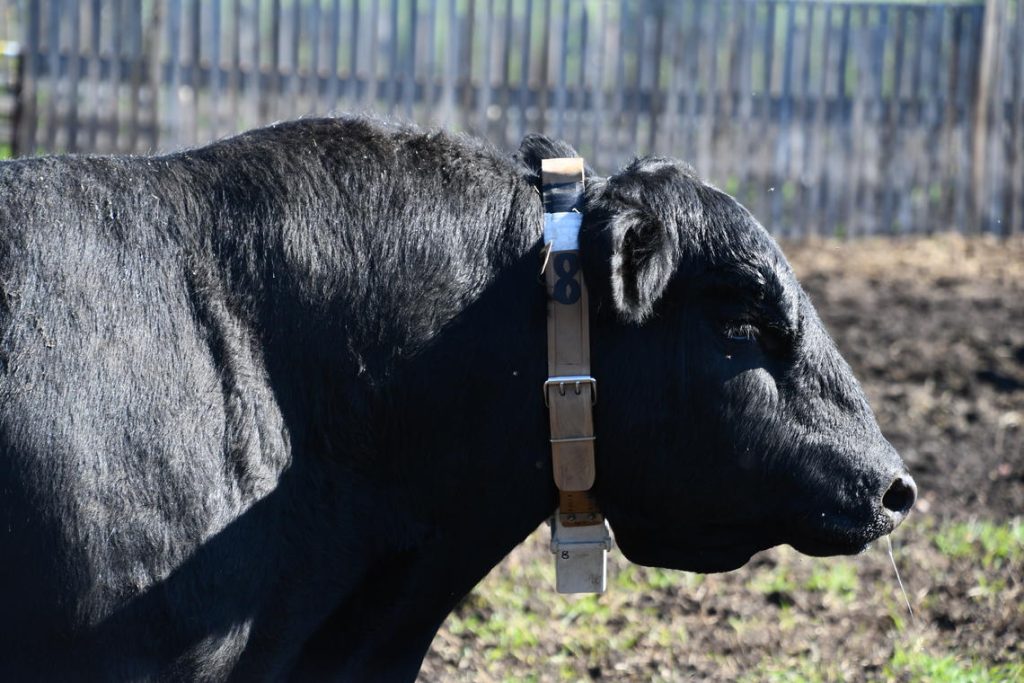
With funding from Alberta Innovates, the researchers are using technology to identify bull behaviour remotely. Electronic collars on the bulls will collect data on what bulls are doing both in pre-breeding periods in pens, and out in breeding pastures.
GPS technology on the collars can show where the bulls spend time in the pasture. An accelerometer will show whether an animal is standing, lying down, or moving forward; and another indicator will measure proximity – who the bull is hanging around with. The goal is to see which behaviours could be linked to siring capacity, using DNA parentage testing on calves produced. The technology has potential for early detection of disease or injury. And it may even become a way to quantify the important, but sometimes elusive, libido factor.
“Is it a bull that walks more, or one that investigates more cows? We don’t know yet,” says Pearson. “Which behaviours are going to be more associated with bulls that go out and breed more cows and sire more calves is a tool that could help in the long run.”
“There is some research out there already that shows only certain bulls in these multi-sire pastures sire the majority of calves, so there’s a lot of bulls out there who aren’t pulling their weight. They’re not breeding as many cows and siring as many calves as what we would like, or expect, from them.”
Boys Will Be Boys
Adding to the complexity of the bull business, and the research, are the rules of the wild kingdom – the social interactions of bulls. Establishing hierarchy and dominance can lead to costly injuries.
“I think a huge component to how successful bulls are going to be is based on behaviour and management of the group,” offers Pajor, whose specialty is animal behaviour.
He ponders questions like when do you put breeding groups of bulls together? Does it make a difference how successful they will be if they know and like each other before they go out to their breeding pasture? If bulls are going to spend most of their time fighting, the possibility of injuries is high, along with them not paying attention to cows. So how can producers create breeding groups that are more successful?
Pearson adds other potential scenarios to ponder, from her veterinary and animal health perspective. Since heat plays such a big role in fertility, maybe the most successful bull is the one who reserves his energy when it’s really hot outside and only breeds when it’s cool and there’s better quality sperm.
The Bottom Line
While there are plenty of bull questions, the UCalgary research team is on the hunt for some answers, which could ultimately help rancher economics.
“You invest in a bull, and if he’s not producing a lot of calves, you’re not getting that genetic improvement in your herd,” points out Pearson. “Or if a bull gets injured early on, you don’t have those years of longevity of him continuing to produce high-quality genetically superior calves, so you’re losing out on that economic benefit as well.”
Pearson points out if the research leads to a way to select for greater libido, it also potentially improves efficiency of bulls, and producers may not need as many in their pastures.
But those outcomes are down the road yet. The hoof trimming project could see some initial observations in the next six months, but the work on collars, and observing behaviour is more of a long-term project. It will take several years before they may see some practical directions to give to producers.
Pearson and Pajor do see real potential in pulling all the layers of information together.
“We’re trying to understand the basic behaviour of these animals, impacts on their health, impacts on their productivity,” says Pajor. “We’re watching them, we’re testing the DNA to understand how the whole system works together. So then we can make scientific based recommendations to producers that hopefully will increase their profitability and their productivity, as well as minimize bull injuries and replacement costs.”
Although the bull management producer survey is nearly wrapped up, there’s still time to participate if you act quickly. Go to: https://survey.ucalgary.ca/jfe/form/SV_3mcHheLHLoKTudg
This article was first published in Volume 2 Issue 4 of ABP Magazine (October 2022). Watch for more digital content from the magazine on ABP Daily.

